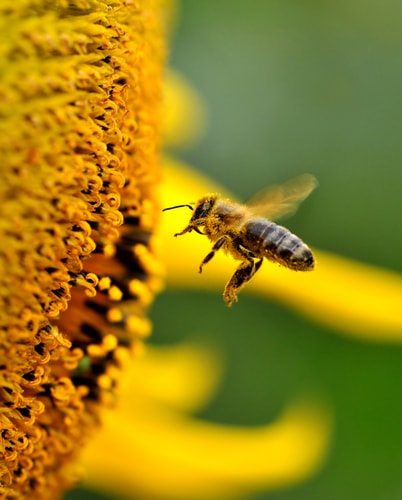Neonics can alter how bumblebees receive information
By Diego Flammini
Assistant Editor, North American Content
Farms.com
According to new research from the University of Guelph, neonicotinoid pesticides can change the way bumblebees collect pollen.
The study, Chronic exposure to a neonicotinoid pesticide alters the interactions between bumblebees and wild plants, was published Monday in Functional Ecology.
University of Guelph professor Nigel Raine, who also serves as the Rebanks Family Chair in pollination conservation, conducted the research with Dara Stanley from Royal Holloway University of London in the United Kingdom, who conducted the fieldwork for the study.

One finding from the study suggests when they come into contact with thiamethoxam – a neonic pesticide used in North America - bumblebees collected pollen on a more regular basis, but those not exposed to the pesticide collected pollen more efficiently.
Other findings include:
- The pesticides can change how information travels through the bumblebee’s nervous system
- Bumblebees with neonic exposure preferred different flowers over their counterparts without neonic exposure
- Bumblebee foraging behaviour can change when exposed to “sublethal” levels of pesticide